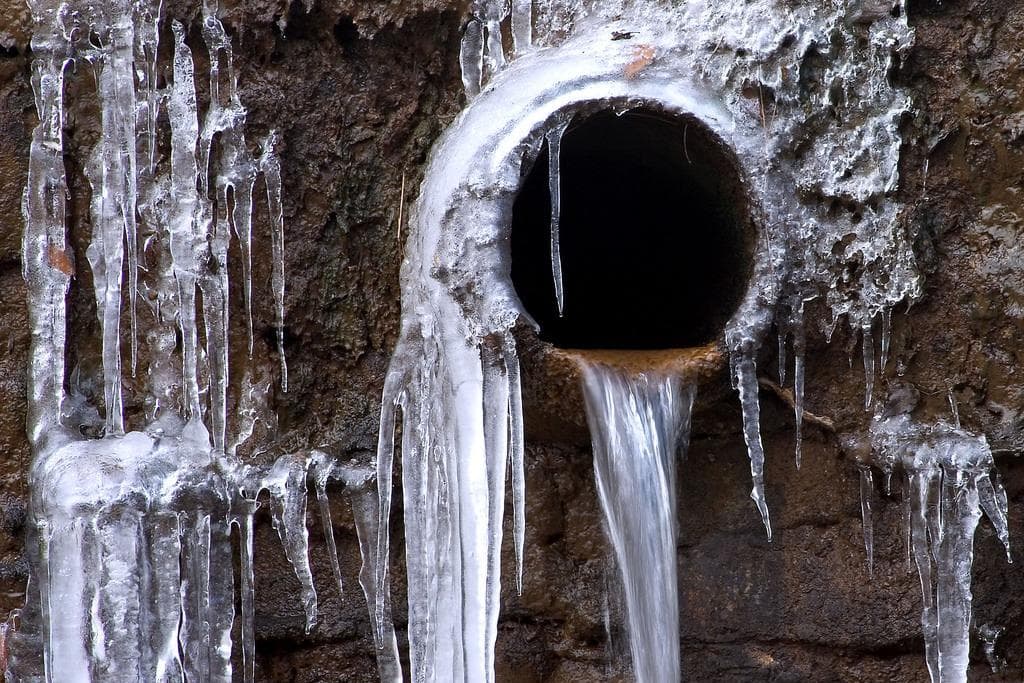Avoiding Your Pipes from Cold Weather: Top Tips
Avoiding Your Pipes from Cold Weather: Top Tips
Blog Article
Just about everyone may have their unique assumption on the subject of How To Avoid Freezing Pipes.

Winter can wreak havoc on your pipes, especially by freezing pipes. Here's exactly how to stop it from occurring and what to do if it does.
Introduction
As temperatures decline, the threat of icy pipelines boosts, potentially causing pricey repair services and water damage. Understanding how to avoid icy pipelines is vital for home owners in cool environments.
Understanding Icy Pipelines
What triggers pipelines to freeze?
Pipelines freeze when revealed to temperatures below 32 ° F (0 ° C) for expanded periods. As water inside the pipes freezes, it increases, taxing the pipe wall surfaces and possibly triggering them to burst.
Threats and problems
Icy pipelines can bring about supply of water disruptions, residential or commercial property damages, and expensive repair services. Ruptured pipelines can flooding homes and create considerable structural damage.
Indicators of Frozen Pipeline
Determining frozen pipelines early can avoid them from rupturing.
How to recognize frozen pipes
Seek decreased water flow from taps, uncommon smells or noises from pipelines, and visible frost on exposed pipes.
Prevention Tips
Shielding at risk pipelines
Cover pipelines in insulation sleeves or utilize heat tape to safeguard them from freezing temperatures. Focus on pipelines in unheated or exterior locations of the home.
Home heating strategies
Keep interior areas appropriately heated up, especially locations with pipes. Open closet doors to allow warm air to flow around pipes under sinks.
Shielding Exterior Pipes
Yard hose pipes and outdoor taps
Detach and drain garden tubes prior to wintertime. Mount frost-proof faucets or cover outside faucets with shielded caps.
What to Do If Your Pipelines Freeze
Immediate activities to take
If you think icy pipes, keep taps open to ease pressure as the ice thaws. Use a hairdryer or towels taken in hot water to thaw pipelines gradually.
Long-Term Solutions
Structural changes
Think about rerouting pipes away from outside wall surfaces or unheated areas. Add extra insulation to attics, basements, and crawl spaces.
Upgrading insulation
Purchase high-quality insulation for pipes, attics, and walls. Appropriate insulation aids preserve regular temperatures and lowers the danger of icy pipes.
Verdict
Preventing frozen pipelines needs proactive steps and quick feedbacks. By comprehending the causes, signs, and safety nets, house owners can shield their plumbing during cold weather.
6 Proven Ways to Prevent Frozen Pipes and Protect Your Home
Disconnect and Drain Garden Hoses
Before winter arrives, start by disconnecting your garden hoses and draining any remaining water. Close the shut-off valves that supply outdoor hose bibs and leave the outdoor faucet open to allow any residual water to drain. For extra protection, consider using faucet covers throughout the colder months. It’s also important to drain water from any sprinkler supply lines following the manufacturer’s directions.
Insulate Exposed Pipes
Insulating your pipes is an effective way to prevent freezing. Pipe insulation is readily available at home improvement stores and is relatively inexpensive. Pay close attention to pipes in unheated areas such as the attic, basement, crawl spaces, or garage. Apply foam insulation generously to create a buffer against the cold. You can also wrap your pipes in heat tape or thermostat-controlled heat cables for added warmth.
Seal Air Leaks
Inspect your home for any cracks or openings that could let in cold air. Seal any holes around the piping in interior or exterior walls, as well as the sill plates where your home rests on its foundation. Additionally, make sure to keep your garage door closed unless you’re entering or exiting. Leaving it open creates a significant air leak that can lead to frozen pipes.
Allow Warm Air Circulation
During cold snaps, it’s essential to allow warm air to circulate evenly throughout your home. Leave interior doors ajar to promote better airflow. Open kitchen and bathroom cabinets to help distribute heat consistently around the rooms. If you have small children or pets, be sure to remove any household chemicals or potentially harmful cleaners from open cabinets for safety.
Let Faucets Drip
A small trickle of water can make a big difference in preventing ice formation inside your pipes. When temperatures drop significantly, start a drip of water from all faucets served by exposed pipes. This continuous flow helps prevent the water from freezing. Additionally, running a few faucets slightly can relieve pressure inside the pipes, reducing the chances of a rupture if the water inside does freeze.
https://choateshvac.com/6-proven-ways-to-prevent-frozen-pipes-and-protect-your-home/

As a fervent person who reads about How To Avoid Freezing Pipes, I figured sharing that piece of content was sensible. If you appreciated our page plz make sure you remember to pass it around. I recognize the value of your readership.
Book Today! Report this page